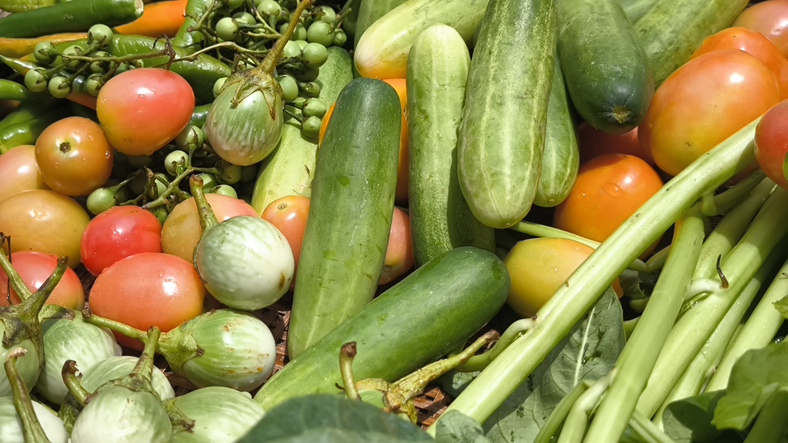5 Things That Will Become More Expensive For Ohioans
In February 2025, the U.S. government introduced new tariffs on imports from Canada, Mexico, and China, significantly impacting Ohio’s economy. Consequently, Ohioans will face higher prices for various goods, as businesses pass on the increased import costs to consumers. According to economists, these tariffs could add $1,200 to $3,800 annually to household expenses, disproportionately affecting lower-income families.
Here are five everyday items Ohioans will likely pay more for due to these trade policies.

1. Fresh Produce and Groceries
Mexico is a major supplier of fruits and vegetables to the U.S., including avocados, tomatoes, and limes. With a 25% tariff on Mexican imports, grocery prices are expected to rise. For instance, a 17.9% tariff on Mexican tomatoes could increase their cost by up to 50%. Similarly, Canada’s grain and livestock exports face tariffs, further driving up costs for staples like bread and meat. As a result, Ohio households may see grocery bills climb by 4% or more.

2. Automobiles and Car Parts
Ohio’s automotive industry relies heavily on parts from Canada and Mexico. However, the 25% tariffs on these imports, despite temporary exemptions for some USMCA-covered goods, will likely raise vehicle prices. Analysts estimate new car costs could increase by $2,700 to $10,000, depending on the model. Moreover, repair costs will rise as imported parts become pricier, impacting Ohioans’ budgets significantly.

3. Craft Beer and Alcohol
Ohio’s craft beer industry, employing thousands, faces challenges due to tariffs on Canadian barley, aluminum, and steel—key brewing materials. Consequently, craft beer prices may jump 10-12%, potentially costing the industry 2,630-3,820 jobs. Additionally, tariffs on Mexican tequila and Canadian whiskey could increase liquor prices by 16%, affecting local bars and consumers.

4. Electronics and Appliances
China supplies a significant portion of U.S. electronics, including smartphones and household appliances. With tariffs on Chinese goods rising to 20% (and up to 145% before recent pauses), Ohioans may pay more for iPhones, TVs, and refrigerators. For example, retailers like Temu and Shein have announced price adjustments starting April 2025. Therefore, tech-savvy Ohioans should brace for higher costs or reduced product variety.

5. Home Construction and Lumber
The construction sector in Ohio will feel the pinch from 25% tariffs on Canadian lumber, which accounts for a third of U.S. softwood imports. As a result, building new homes could become costlier, with estimates suggesting a $4 billion increase in construction material costs. Furthermore, tariffs on steel and aluminum will raise prices for home appliances and framing, exacerbating Ohio’s housing affordability issues.
Navigating the Tariff Impact
While tariffs aim to boost domestic manufacturing, their immediate effect is higher prices for Ohioans. To mitigate this, consumers can compare unit prices, seek domestic alternatives, or stock up on non-perishable goods before price hikes fully take effect. Ultimately, the long-term economic impact depends on trade negotiations and market adjustments, but for now, Ohioans should prepare for increased costs across these essential categories.










